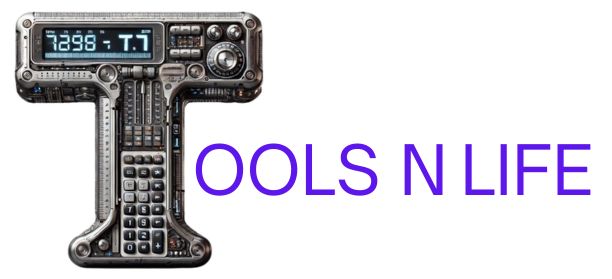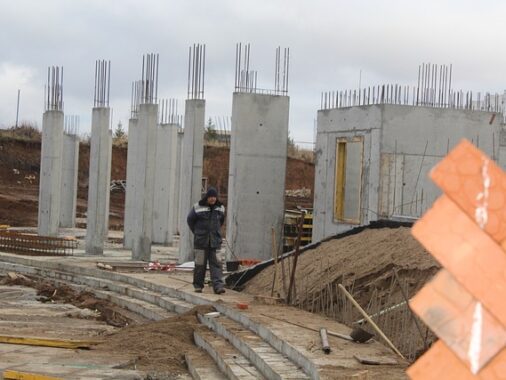How to Use Our Plywood Calculator
Our plywood calculator helps you accurately estimate materials and costs for your project. Simply enter your surface dimensions, select your preferred units, and specify your plywood sheet size. The calculator automatically accounts for waste factor (typically 10-15% for most projects) and provides both the number of sheets needed and total cost.
Understanding Plywood Types and Applications
| Plywood Type | Best For | Thickness Options | Price Range (per sheet) |
|---|---|---|---|
| Softwood Plywood | Structural applications, roof decking, subfloors | 1/4″ to 1-1/8″ | $15 – $50 |
| Hardwood Plywood | Furniture, cabinets, decorative applications | 1/4″ to 3/4″ | $40 – $100+ |
| Marine Plywood | High-moisture areas, boats, outdoor furniture | 1/4″ to 3/4″ | $60 – $120 |
| OSB (Oriented Strand Board) | Sheathing, subfloors, structural panels | 3/8″ to 1-1/8″ | $10 – $40 |
| MDF (Medium Density Fiberboard) | Painted furniture, cabinets, interior applications | 1/4″ to 1″ | $30 – $80 |
Professional Tips for Plywood Projects
- Account for grain direction – Always position plywood with the grain running perpendicular to supports for maximum strength
- Proper storage matters – Store plywood flat in a dry area to prevent warping before installation
- Use the right fasteners – For structural applications, use ring-shank nails or construction screws every 6-8 inches along edges
- Seal cut edges – Apply sealant to cut edges, especially for exterior applications, to prevent moisture penetration
- Consider panel spacing – Leave 1/8-inch gaps between sheets to allow for natural expansion with humidity changes
Common Plywood Project Estimates
- Standard shed floor (8′ x 12′): 4-5 sheets of 3/4″ plywood
- Kitchen cabinet boxes: 2-3 sheets of 3/4″ plywood for a 10-linear-foot kitchen
- Wall sheathing (24′ x 40′ house): 30-35 sheets of 1/2″ OSB
- Bookshelf unit (6′ tall x 4′ wide): 1-2 sheets of 3/4″ hardwood plywood
Frequently Asked Questions
How much extra plywood should I buy for waste?
For simple projects, add 10% for waste. For complex projects with many cuts, add 15-20%. Our calculator automatically includes your specified waste factor.
What’s the actual size of a 4×8 plywood sheet?
While called 4×8 feet, actual dimensions are typically 48″ x 96″ (exactly 4×8 feet). However, thickness can vary slightly from nominal size.
Can I use different thicknesses of plywood together?
Yes, but you’ll need to account for height differences. For structural applications, consult building codes as certain thicknesses are required for specific spans.
How do I calculate plywood for irregular shapes?
Break the area into rectangles, calculate each separately, then sum the totals. Our calculator helps with rectangular areas, but for complex shapes, consider using graph paper to plan sheet layouts.
Plywood

About the Author
Mark Richardson is a certified master carpenter with over 25 years of experience in residential and commercial construction. He specializes in material estimation and sustainable building practices. Mark has contributed to numerous industry publications and training programs.
Plywood Standards and Grades
- A-A: Smooth sanded face and back, ideal for cabinets
- A-B: Good face, solid back for furniture and shelves
- A-C: Good face, rough back for structural applications
- B-B: Solid but not beautiful, for subfloors and sheathing
- C-D: Rough with knots, for structural applications where appearance doesn’t matter
Plywood Thickness Guide
- 1/4″: Panel backing, drawer bottoms, crafts
- 3/8″: Cabinet sides, furniture backs
- 1/2″: Shelving, cabinet bases, wall paneling
- 5/8″: Subflooring, roof decking
- 3/4″: Furniture, cabinets, structural applications
Whether you’re a DIY enthusiast tackling your first project or a professional contractor looking to streamline material estimation, our comprehensive plywood calculator and guide provides everything you need for accurate planning. Remember that proper planning with our calculator can save you both time and money by reducing waste and unnecessary trips to the lumber yard. For best results, always double-check measurements and consider purchasing one extra sheet for unexpected adjustments—it’s better to have a little extra than to fall short mid-project!



